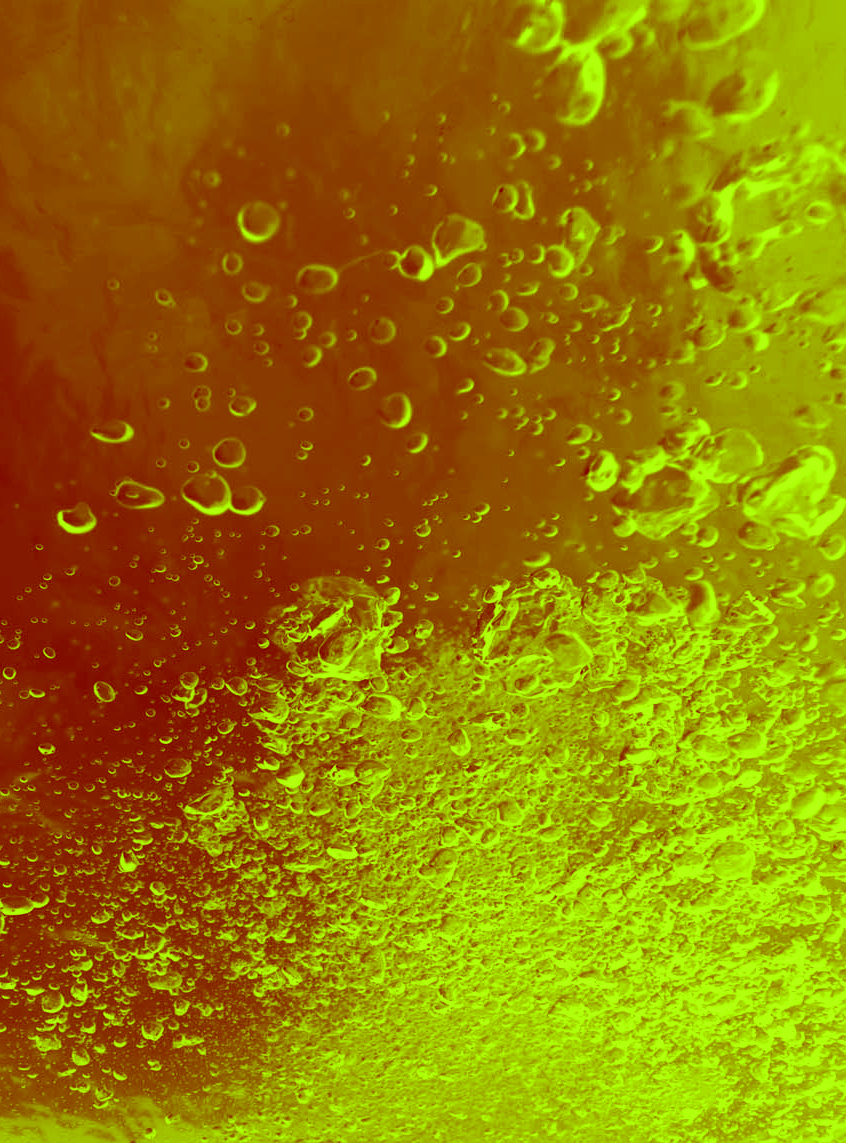Sun aids new purification
 Australian engineers have come up with a new method to remove harmful E. coli from water.
Australian engineers have come up with a new method to remove harmful E. coli from water.
Engineers at Monash University are using graphitic carbon nitride and sunlight to strip potentially deadly bacteria, such as E. coli, from water.
In tests so far, they were able to destroy harmful pathogens E. coli and Enterococcus faecalis from water within 45 minutes and 60 minutes respectively.
The new photocatalyst - combining graphitic carbon nitride with polyethylenimine (PEI) - is low cost and metal-free, which prevents secondary pollution of leached metal ions during the filtration process.
If upscaled, this solar-driven method could significantly improve the treatment of large volumes of water. It also has the potential to be integrated into current solar water disinfection technology in countries with limited access to fresh water.
“Infectious diseases caused by waterborne pathogens threaten the health of people worldwide,” says research leader Professor Xiwang Zhang.
“Graphitic carbon nitride has gained broad attention as a metal-free photocatalyst for water disinfection. However, it has limits in its capacity to remove pathogens completely using photocatalysis.
“What we’ve been able to do is fuse graphitic carbon nitride with PEI to boost photocatalytic properties of this material and test it on waterborne bacteria.
“We discovered the PEI functionalisation can, in effect, tune the photochemical reactions on graphitic carbon nitride.
“We found that the positively charged PEI on graphitic carbon nitride could promote the contact between photocatalyst and bacteria cells (negatively charged surface) via electrostatic adhesion, which can enable reactive oxygen species to kill the trapped bacteria cells.
“This PEI functionalisation process is simple. It can be shared with desperate communities across the world after further research is conducted on the development of photocatalysis devices,” Professor Zhang said.








 Print
Print